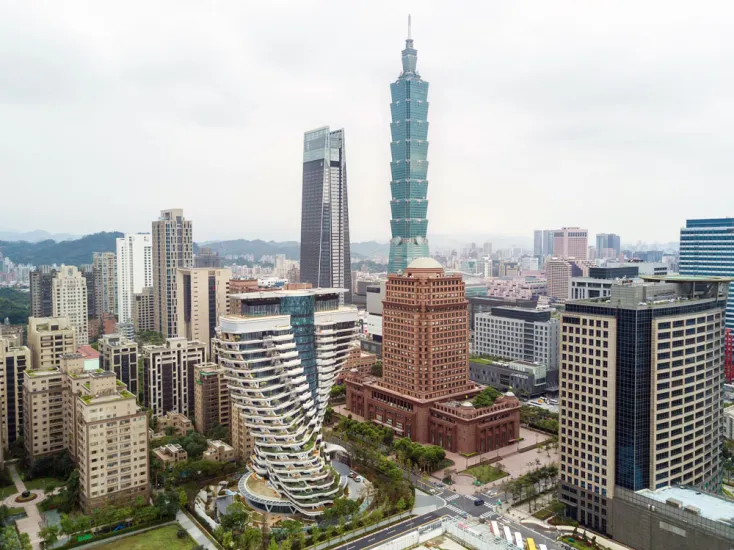Pension funds in Asia, Latin America, and Africa tend to be more conservative and less diversified than their peers in developed markets — but that is starting to change, according to a new survey by consulting firm Mercer.
These pension funds have been gradually diversifying out of the fixed-income assets that used to make up the bulk of their portfolios, according to the survey, which represented nearly $5 trillion in pension assets across corporate and government retirement plans.
Over the past five years, fixed-income investments decreased by 11.3 percentage points, while allocations to equities, alternatives, and short-term assets have increased. Asian, Latin American, and African pension funds have also broadened their exposures to foreign equity and fixed income, while paring their allocations to domestic assets.
While alternatives continue to make up a small portion of these allocators’ portfolios overall — the current asset-weighted average allocation is 4.4 percent, according to Mercer — some developing-market pensions have been hiking up their allocations to private assets and hedge funds. Among the biggest adopters of alternatives in recent years are the pension funds in Taiwan, Mexico, and Malaysia.
[II Deep Dive: The Land of Alts Opportunities]
According to Mercer, Taiwanese funds representing roughly $113 billion increased their alternatives investments by 6.6 percentage points over the past five years, for a current allocation of 8.6 percent.
In Mexico, meanwhile, retirement plan allocations to alternatives went up by 3.9 percentage points over the five-year period, resulting in a current allocation of 7.1 percent. The three Mexican funds included the study, which manage a collective $250.7 billion, had about 5 percent of their assets invested in private equity and 2 percent allocated to property, real estate, and infrastructure funds.
In addition, Mercer said the two main state-run pension plans in Malaysia — the $195.8 billion Employees Provident Fund and a $34.1 billion government pension fund — had increased their alternatives investments by 3 percentage points to 6 percent of their portfolios, including a 2.4 percent commitment to private equity and 3.6 percent allocation to property, real estate, and infrastructure funds.
Elsewhere, however, allocations to alternatives have either grown by very little, or declined. For example, Argentinian pensions — which five years ago boasted a 13 percent allocation to alternative assets — have pared down their alternatives investments to 7.1 percent of their portfolios.
Overall, Mercer concluded that alternatives have “gained slightly greater traction” — but that pensions across Asia, the Middle East, Africa, and Latin America are still less exposed to these asset classes compared to their peers in Europe.
“We believe the trend will become more pronounced in the future as many investors continue their education and decision-making processes to move into these asset classes,” the report stated.







